Ertach Kernow - Cornish traditions that mean home
Thoughts go to our Cornish traditions as we now approach the peak of spring and start of the ancient Celtic summer, marked by the festival of Beltane, where traditionally bonfires are lit, and other fertility rites take place. Although today it is marked on 1st May, the astrological significance of Beltane is that it’s the midpoint between the Spring Equinox and the Summer Solstice. Beltane celebrates spring, fertility and Mother Nature and carrying out activities to encourage a good harvest and hopes of fertility in both man and their animals. Derived from the Irish words ‘Bel Teine’ meaning good fire this celebration would see couples jumping the fire and animals driven between bonfires to help protect them from disease and increase their fertility.
Here in Cornwall now much reduced festivals are remembered in events such as those held in Padstow and Helston. There has been a revival in Penzance of the May Horns celebrations and gradually other guising and mummers events throughout Cornwall are being rejuvenated after long periods of dormancy. Although little is known of their most historic past, no doubt they would have been part of numerous small local Cornish celebrations harkening back to ancient pre-Christian times. That these festivals have pagan origins is probably lost to the many visitors and those new to Cornwall who enjoy these events.
The Obby Oss festivities in Padstow were first recorded in the 1803 and should need no introduction here to those living in Cornwall. Anyone reading this and wanting to know what this event is all about should visit Padstow at least once to take in the atmosphere and flavour of this great Cornish tradition on 1st May. There has been some controversy over the naming of the Helston Flora Day or rather Furry Day, which was mentioned first in the Gentleman’s Magazine of 1790. The writer made various suggestions as to the origins of the name and gave the impression the event had historic roots in Helston. Over the past two centuries various writers have stressed the use of Furry rather than Flora and in 1803 Richard Polwhele emphasised the use of Furry dismissing Flora as a ‘vulgar error’. Penzance has seen the revival in 2008, after a long gap of 78 years of the Mayhorns Festival, banned in 1930 by Penzance Borough Council due to it deteriorating into a rowdy rough event. Risking arrest the first rejuvenated procession took place and was received with great acclaim, with that an old Penzance tradition was restored without the police making any arrests whatsoever. For Penzance and Cornwall this restoration of another Cornish traditional event helps promote and strengthen our wider cultural heritage.
What might be termed paganism or even neo-paganism seems to be of increasing interest amongst many people, this includes some of what was believed to be at the core of Celtic religions. Obviously today any notion of blood sacrifices as undertaken with animals even humans is now viewed with horror and total revulsion. There are often token sacrifices such as in the Tansys Golowan (Midsummer Bonfire) celebrations carried on throughout Cornwall in mid-June. The Lady of Flowers will cast a bunch of flowers, herbs and weeds onto the raging bonfire after saying the words, in Kernewek, ‘In one bunch together bound, Flowers for burning here are found, Both good and ill, Thousandfold let good seed spring, Wicked weeds, fast withering, Now let this fire kill!’
One must remember that up until Roman times the whole of what is now Cornwall, Wales and England had what we now term a Celtic culture. The religious rites were remembered orally and were not written down and what we know of the religion of the ancient Britons has been passed down to us by the Roman’s including Julius Caesar and other Roman writers. They would have emphasised the barbarity of the Celtic religion as justification for the annihilation of religious leaders, the druids, in order to better control the population. With the total destruction of the druids in Ynys Môn (Anglesey) by Roman general Gaius Suetonius Paulinus in 60CE, the central power of the old religion was broken, and sadly the knowledge lost forever. There are some later records from Wales and Ireland, with the latter being, as described by Professor Ronald Hutton as ‘both older and less contaminated from foreign material.’ Much of what we have discovered more recently is through archaeological finds and interpretation by such experts as Professor Sir Barry Cunliffe.
What the Roman’s didn’t do was highlight the more positive aspects of the Britons religious respect for nature, through worshipping deities who they believed resided in sacred lakes, rivers, cliffs and woodland. The sun and moon were also important aspects of the overall supernatural forces within the natural world. Perhaps today as more people become engaged with issues relating with threats to nature and the environment through climate change, which is effecting it, many are re-engaging with a similar spirituality felt by the ancient Britons. Maybe some folk feel that rituals surrounding natural places, such as those revered by the ancients, offer opportunities to interrelate with nature in a spiritual way
It's wonderful that even in these days of scientific discovery that there is a continuing interest Celtic spirituality, in ley lines, dowsing and other similar beliefs and activities. I would not fear to argue against these as there seems to be some evidence that something beyond our modern understanding exists. The tales of Cornish saints and their miracles and the regenerative properties of certain holy wells persist and are embraced even in a world that is becoming more secular in its outlook. Just look at the numbers of rags tied to various cloutie trees, which seem to bloom as if flowers during the summer months when people are out walking and visiting these sites. There seems to be something within many of us who really want to believe in unworldly and unscientific beliefs. For Cornish people there is something in nature that helps lift the heart when returning home and that is the sight of what have become known as ‘The Nearly Home Tree’s’ as ones car approaches the Cornish border. Perhaps just looking out for and getting sight of these tree’s is something of a spiritual connection with home for many Cornish folk.
Maybe these days fertility could come to mean not just offspring but also of the mind, or activities that can be undertaken throughout the summer and perhaps brought to fruition in the autumn. This might be a new sport, hobby, handicraft, artwork or something helping the environment in the garden or elsewhere. The choices are unlimited, coming from one’s own creativity.
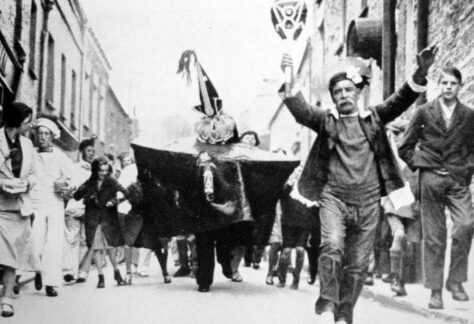
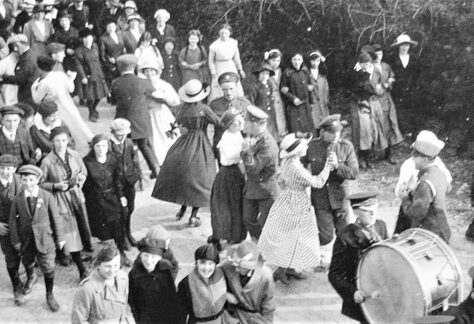
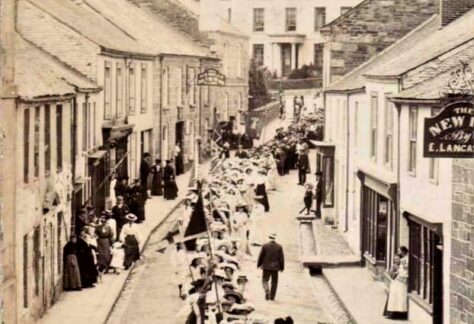
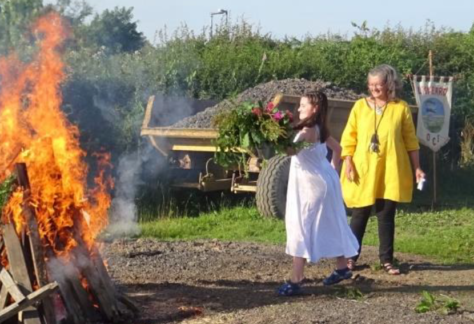
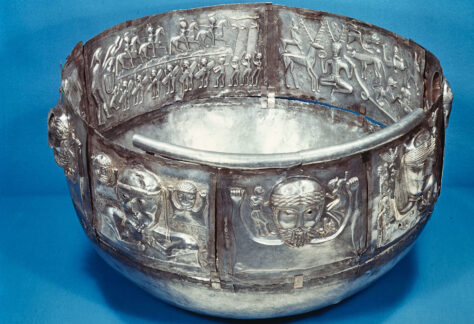
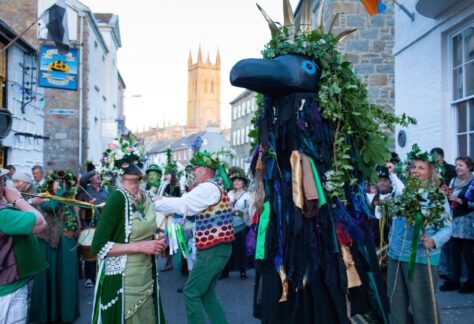
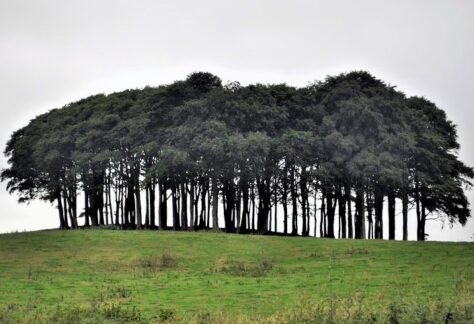
![[95] Voice - Ertach Kernow- 20.04.22A Traditions that mean home [S] Ertach Kernow - Traditions that mean Home](https://www.cornwallheritage.com/wp-content/uploads/2022/04/95-Voice-Ertach-Kernow-20.04.22A-Traditions-that-mean-home-S-232x300.jpg)
![[95] Voice - Ertach Kernow- 20.04.22B Traditions that mean home [S] Ertach Kernow - Traditions that mean Home](https://www.cornwallheritage.com/wp-content/uploads/2022/04/95-Voice-Ertach-Kernow-20.04.22B-Traditions-that-mean-home-S-228x300.jpg)
![[96] Ertach Kernow Heritage Column - 20th April 2022 - Kernewek Weekend Ertach Kernow Heritage Column - 20th April 2022 - Kernewek Weekend](https://www.cornwallheritage.com/wp-content/uploads/2022/04/96-Ertach-Kernow-Heritage-Column-20th-April-2022-Kernewek-Weekend-300x298.png)